28 fascinating facts about the Universe
18th Oct 2023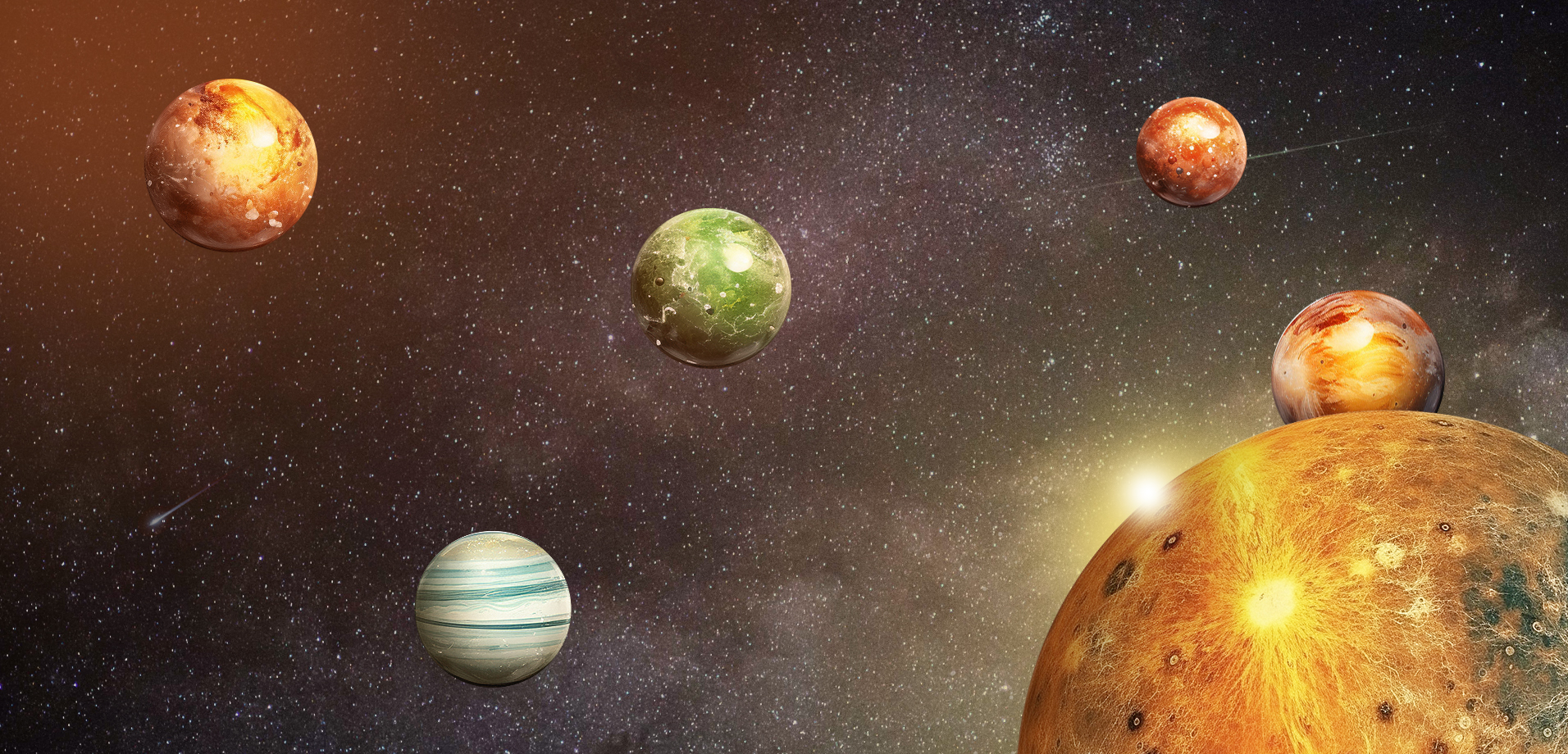
The Universe is a vast expanse that includes all astronomical objects, matter, energy, time and space. It is essentially everything that exists, including us. But what do we know about the Universe? How did it form, how old is it, what is it made of, and does it have an edge? Learn these and other interesting facts about the Universe known to scientists.
Facts about the Universe’s creation
People have been trying to study the sky since ancient times. The ancient Egyptians, Babylonians, Greeks, and other civilisations were engaged in the observation of celestial bodies and created astronomical calendars. With the advent of the first telescopes in the 17th century, astronomy became more accurate. But most of the Universe facts were obtained only with the beginning of the intensive development of science and technology in the 20th century. So what do we know about the Universe today?
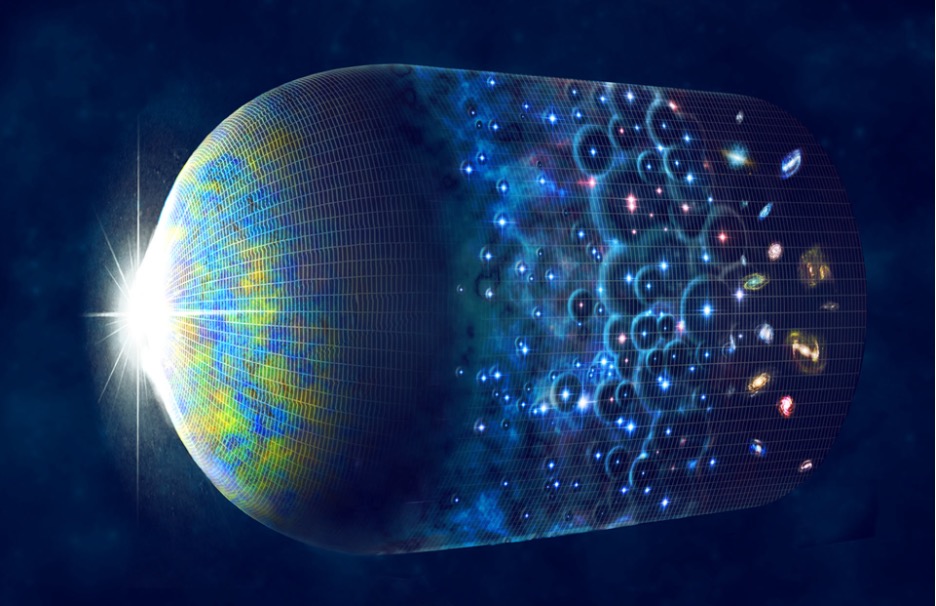
- Age: Approximately 13.8 billion years.
- Formed from a singularity as a result of the Big Bang. This means that the Universe was previously compressed into some kind of point state with infinite density and temperature, and from that moment, it began to expand and cool.
- The Universe is governed by fundamental physical laws such as Newton’s laws of Gravitation and Einstein’s Theory of Relativity.
- The Universe has a hierarchical structure that includes galaxies, stars, planets, and many other space objects. The largest unit of structure in the Universe is the galaxy supercluster.
- The Universe has billions of galaxies. Each galaxy contains millions and billions of stars.
- The universe is constantly expanding, by about 0.007% in one million years. This means that distant objects in the Universe are moving away from us, and the distance between galaxies is constantly increasing.
- 5% of the Universe is visible matter that we can observe, 27% is dark matter, and 68% is dark energy. The visible matter is called the Observable Universe and has a radius of about 46 billion light years. Dark matter does not emit light and does not interact with electromagnetic radiation. Dark energy is the force that repels gravity and is responsible for accelerating the expansion of the Universe.
- The speed of light is the maximum speed that can be reached in the Universe. It is approximately 299,792,458 meters per second.
- The universe and space are different concepts. Space is a three-dimensional area outside the Earth, and the Universe is the general system of everything that exists in this area.
This is what it’s like, our Universe, in short. Impressive, isn’t it? But our understanding of it is not limited to these facts about the Universe. Let’s continue!
How big is the Universe?
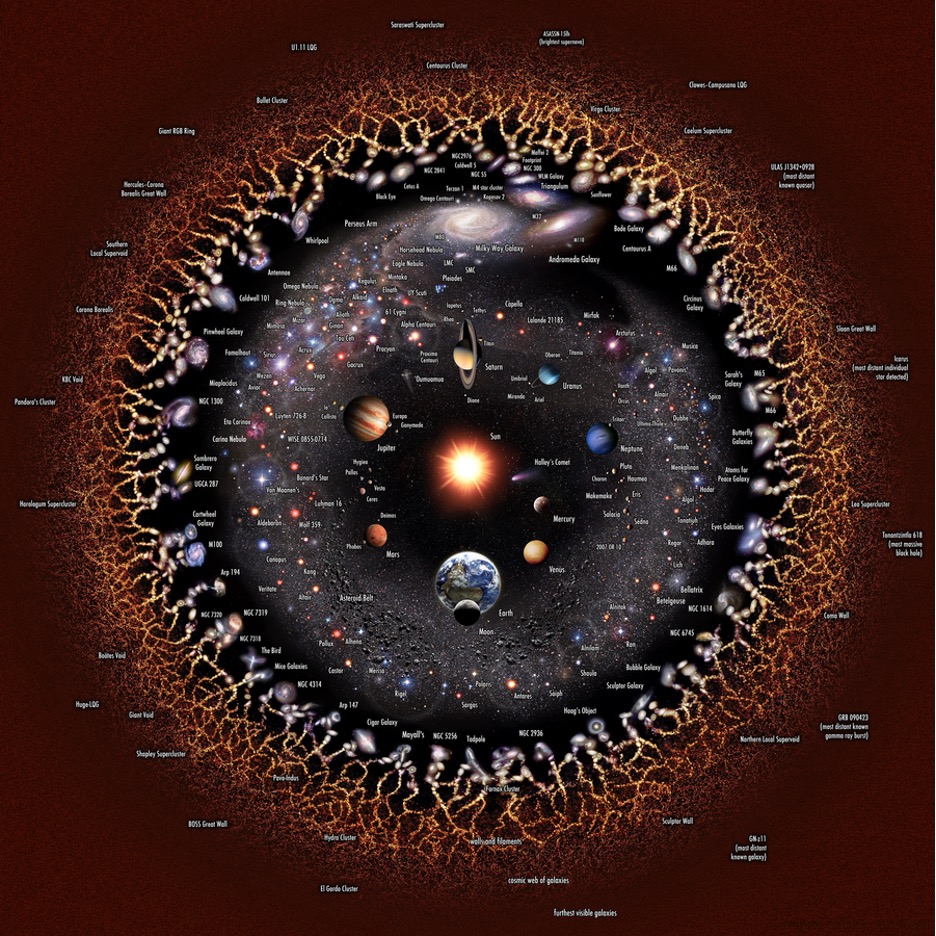
Scientists believe that the Universe is infinite; that is, it has no definite boundaries in space. According to current observations and measurement data, we can only see 5% of the Universe, but it continues to expand, and information reaches us with a delay since our visibility horizon is limited by the speed of light of 300 thousand km per second. In other words, we can only see space 90 billion light-years in diameter, and some distant stars may have gone out forever before their light reached us. It is one of the most interesting Universe facts.
Is there more than one universe?
There is no direct evidence for the existence of multiverses, but some theories suggest such a possibility based on mathematical models and some observations.
The “Many-Worlds Interpretation” (MWI)
It is an interpretation of quantum mechanics proposed by the physicist Hugh Everett III in 1957. According to it, when a quantum event occurs with several possible outcomes, the Universe breaks up into several branches, each of which represents a separate outcome. This means that in a quantum measurement, instead of collapsing into a single outcome, all possible outcomes actually occur in different branches of the Universe. Thus, MWI suggests a huge and ever-growing number of parallel Universes, each representing a separate quantum reality.
Space inflation
The theory of cosmic inflation was proposed in 1980 by the American physicist Alan Guth. According to it, the Universe, in the early stages of its existence, underwent a rapid exponential expansion, the Big Bang. Such rapid expansion could lead to the formation of various regions in space, called “inflation bubbles”. Each such bubble could become a separate region of the Universe with different properties, laws of physics, and initial conditions.
Thus, although we cannot prove the existence of parallel worlds, we have enough reason to warrant asking the question, is there only one Universe?
Christian facts about the Universe
Science is science, but what about religion? Christianity has a peculiar doctrine of the Universe, which is based on biblical texts and the traditions of Christian theology. Here are some key Christian facts about the Universe:
God created the Universe
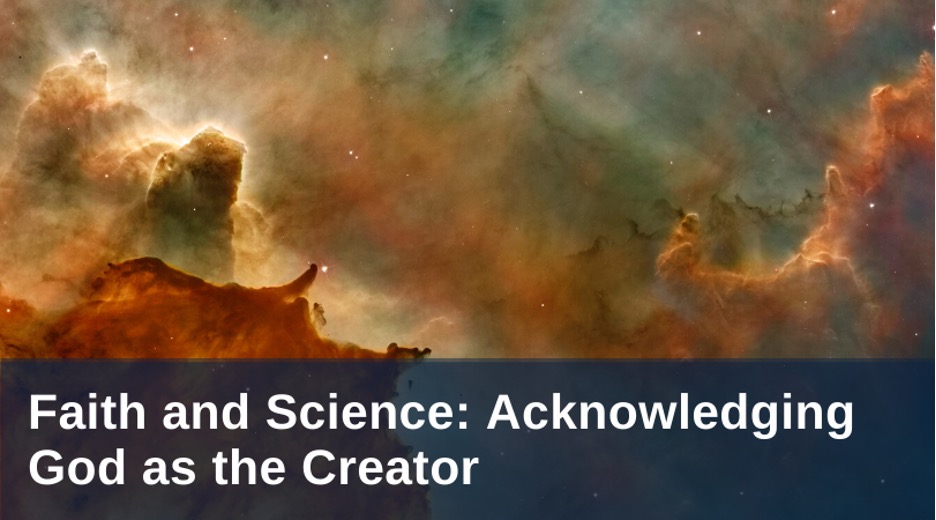
According to Christian doctrine, the Universe was created by God. The book of Genesis describes how God created Heaven and Earth in six days, and everything was created according to His Divine will.
Creatio ex nihilo
Christians believe in the doctrine of creatio ex nihilo, which means “creation from nothing.” This means that prior to the creation of the Universe, there was no previous matter, energy, or any other substratum. Everything that exists, including space and time, was directly created by God, thanks to his omnipotence. For God is the first cause of everything and the beginning of all things.
The universe is part of a divine plan to save humanity
Christians believe that the creation of the Universe and the earthly world was the first step in a plan to save people from sin. The Universe is a place of life, trials, and spiritual development of a person, after passing through which one must come to God and gain eternal life. The Second Coming of Jesus Christ will be the final event that will lead to the end of the current Universe and the beginning of a new era.
Let’s agree, if science did not deny the existence of God, those would be the most awesome facts about the Universe.
Mind-blowing facts about the Universe
Despite the scientists’ persistence in studying the Universe, it remains full of bizarre and inexplicable phenomena that challenge our understanding of the cosmos. Here are some of the weirdest facts about the Universe.
It’s flat!
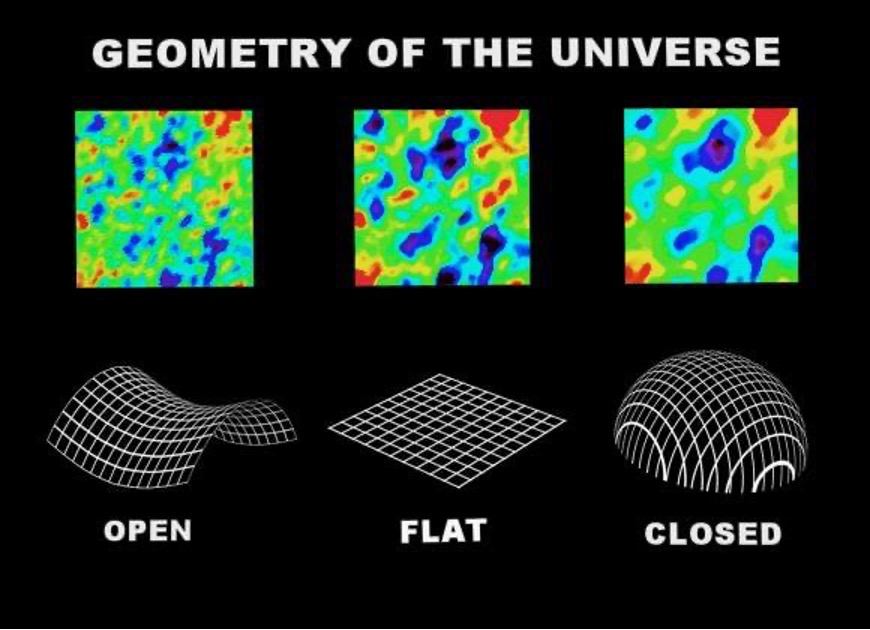
Based on Einstein’s general theory of relativity, there are three possible shapes for the Universe: open, closed, and flat. However, measurements made by the Wilkinson Microwave Anisotropy Probe (WMAP) in 2003, and later by the Planck telescope, point to the third option. The term “flat” in this context means that the geometry of the Universe is similar to the plane of Euclid; that is, it is flat, rectilinear, and infinite.
Scientists’ observations of light from distant objects (stars, quasars, supernovae, etc.) also speak in favour of a flat Universe. They indicate that the curvature of the Universe is negligible or equal to zero, which is typical for flat geometry.
Huge microwave
In 1965, American astronomers Arno Penzias and Robert Wilson found that the Universe emits weak electromagnetic radiation, later called the cosmic microwave background (CMB). Scientists have detected faint noise in the microwave frequency range and found that this radiation comes from all directions in the sky, regardless of the source.
In fact, the CMB is one of the main facts about the origin of the Universe that proves the Big Bang theory. During the early Universe, when it was hot and dense, photons (elementary particles of light) could not move freely because they interacted with other particles. However, when the Universe began to expand and cool, a moment arose when photons became free. It is this radiation that we today call the cosmic microwave background.
Cold spot
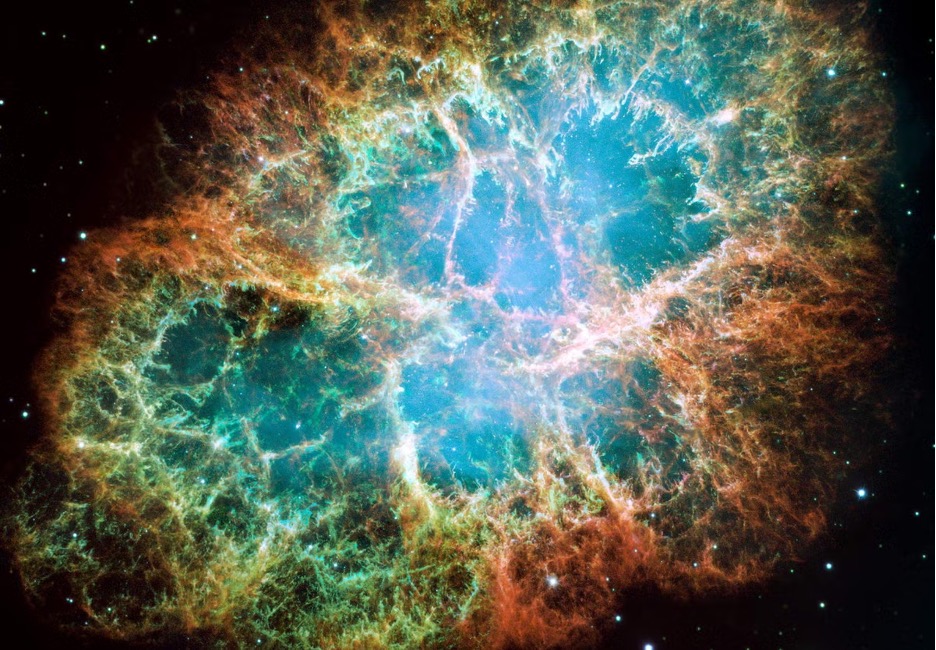
The cosmic microwave background is assumed to be uniform, but there is a region known as the “cold spot” that is unusually colder than its surroundings. The anomaly was discovered by astronomers while studying data from the European Space Agency’s (ESA) Planck space observatory. Typically, the CMB has a nearly uniform temperature throughout the entire celestial sphere, around 2.7 Kelvin (approximately -270.45°C). However, in a cold spot, the temperature is below this value by several tenths or hundredths of a Kelvin.
The cause of the “cold spot” is still a mystery to astronomers. There are several hypotheses that try to explain its origin, such as possible fluctuations in the density of the Universe or the effect of gravitational lenses, but none of them has yet given a definitive answer.
Hypothetical wormholes
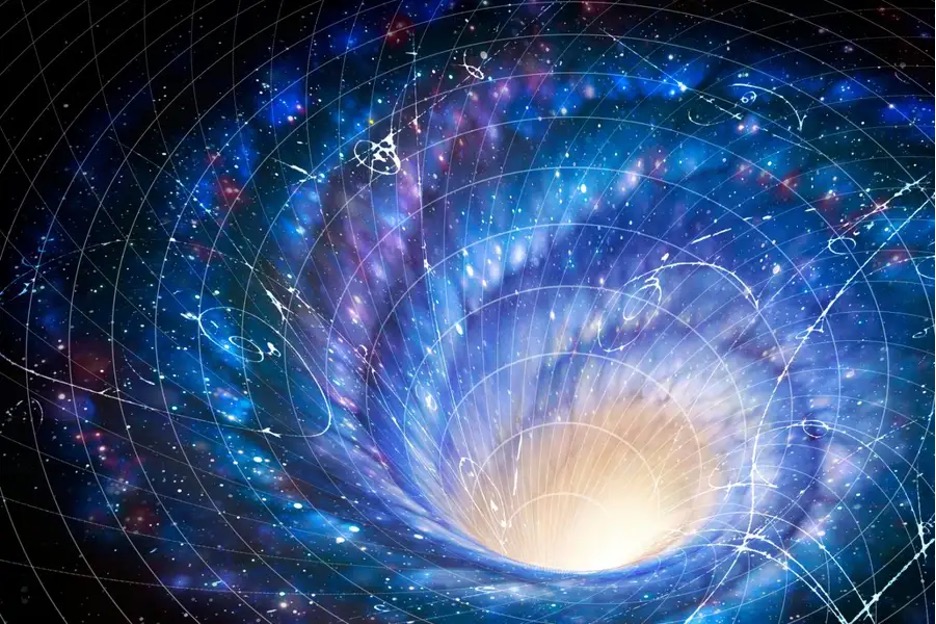
Hypothetical wormholes are possible solutions to the equations of general relativity that connect two distant regions of space-time into one continuous structure.
The idea of wormholes arose from the desire to find ways to quickly move through the Universe, overcoming the limitations of existing methods and speeds. In theory, wormholes could shorten vast distances and reduce space travel to a much shorter time.
However, there are currently no Universe facts that substantiate the existence of wormholes or the ability to travel through them.
Galactic cannibalism
Scientists have discovered that galaxies can collide and merge under the influence of their gravity. During this process, larger galaxies can “eat” smaller ones, absorbing their stars and other matter. Galactic cannibalism plays an important role in the evolution of the Universe. When galaxies engulf each other, their mass and size increase. This can lead to the formation of more massive galaxies and the formation of galaxy clusters. Observations with powerful telescopes show that many galaxies have traces of interaction or absorption of other galaxies, such as tails and arcs of stars, gas, and dust.
Great attractor
The Great Attractor is a mysterious astronomical phenomenon located in the region of the constellation Centaurus. It was discovered in the 1970s due to studies of the distribution of galaxies in the near Universe.
The Great Attractor denotes a region of space in which there is a massive cluster of galaxies and dark matter that has a strong gravitational effect on the surrounding objects. This gravitational attraction affects the movement of neighbouring galaxies and galactic clusters, causing them to move towards the Great Attractor. This is one of the most amazing Universe facts, which indicates that galaxies are moving away from us at a faster rate than would be expected with the normal expansion of the Universe.
The exact nature of the Great Attractor is still a mystery. It is located in the region of the galactic equator, where observation is difficult due to the interstellar dust and gas, which obscure the visible spectra of objects.
Black hole information paradox
It is believed that when a star exhausts its supply of nuclear fuel, and a supernova occurs, it can end its life as a black hole. When objects or information fall inside a black hole, they reach a point known as the event horizon, beyond which gravity becomes so strong that nothing, not even light, can escape the region. According to the principles of quantum mechanics, information cannot be destroyed. However, black holes appear to violate this principle, as they are thought to destroy the information that falls into them. This paradox has puzzled physicists for decades.
White holes
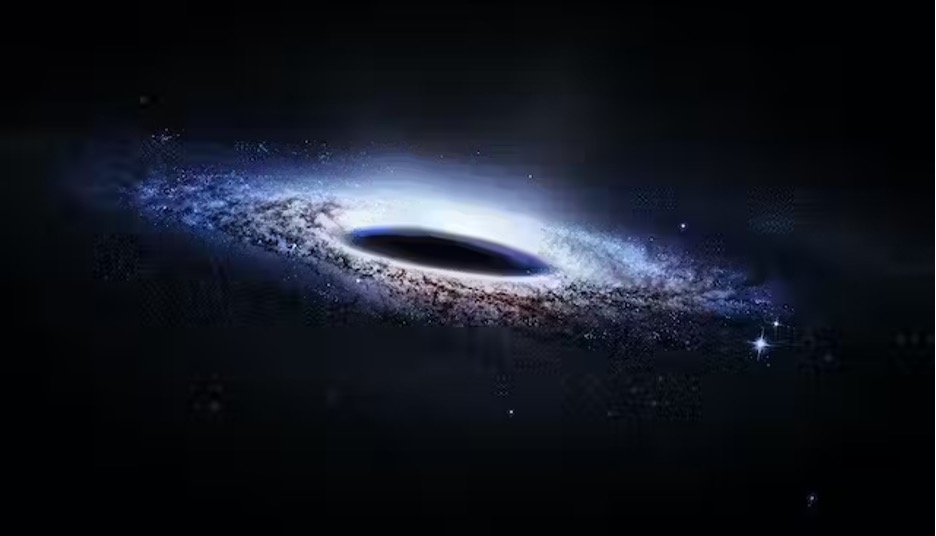
A white hole is a hypothetical space object that is the exact opposite of a black hole. If a black hole has the ability to absorb all matter and radiation, a white hole, on the contrary, releases matter and radiation without any effect on its environment.
One of the main arguments against the existence of white holes in the Universe is that they violate the second law of thermodynamics, which states that the entropy (a measure of disorder) of a closed system always increases or remains constant. But white holes produce an increase in order and a decrease in disorder in their neighbourhood. This is against the laws of physics. And this is one of the strangest facts about the Universe.
Time Dilation
Time dilatation is a real physical effect predicted by Albert Einstein’s theory of relativity, which means that time can warp or “stretch” depending on the conditions of motion or gravity. When two observers move relative to each other at significant speeds, they will assume that time passes for them at different speeds. For a stationary observer, the time of an accelerated observer passes more slowly.
Near a black hole or any massive object, time slows down due to the strong gravitational field. This means that to an observer further away from the black hole, an object near the black hole will appear to be greatly slowed down, while an observer near the black hole will perceive time as normal. You can read more about the effect of dilation in our article What is inside a black hole.
Quantum entanglement
Quantum entanglement is a fundamental phenomenon in quantum mechanics that describes the state of quantum objects such as atoms, molecules, and elementary particles.
In classical physics, objects are described by classical variables such as location and speed. In such a system, two objects can be independent of each other. However, in quantum mechanics, particles are described by wave functions, which contain all the information about the possible states of the particle.
When two or more quantum objects interact, their wave functions are combined into a common wave function that covers all possible states of these objects. In this state, quantum objects become entangled, and their state becomes uncertain until one of the objects is measured or observed.
One of the amazing things about entanglement is that if we measure the state of one of the entangled particles, it instantly determines the state of the other particle, even if they are far apart. This property is called “spooky action at a distance” and is contrary to our classical notion of object interaction.
What does quantum entanglement have to do with the Universe, you ask? Scientists believe that it could have influenced the early evolution of the Universe and the formation of galaxies and galactic clusters, as well as cosmic phenomena such as gamma-ray bursts and quasars. To a certain extent, this can be considered one of the key facts about the origin of the Universe.
Schrödinger’s cat

Schrödinger’s cat is a well-known hypothetical experiment in quantum mechanics, proposed in 1935 by the Austrian physicist Erwin Schrödinger and illustrating the paradoxical properties of quantum systems.
The experiment assumes that there is a closed box containing a cat, a source of radioactive material, a Geiger counter, and a vial of poison. At a certain point in time, a radioactive substance can decay with a certain probability, and the counter will register this process. If decay occurs, then the pesticide in the vial is activated and poisons the cat.
However, in quantum mechanics, the superposition of states is allowed. This means that until we open the box and see what happened inside, the cat is in a superposition of states, that is, it is both alive and dead. This is contrary to our classical experience, where a cat can only be alive or dead.
The Schrödinger’s cat paradox is one version of the Many-Worlds Interpretation theory. It assumes that our actions and decisions in the world of quantum mechanics lead to a branching of reality, where all possible outcomes of events are realised in separate “branches” or universes. That’s really one of the unbelievable facts about the Universe.
The universe may be twice as old as we thought
Recently, scientists from the University of Ottawa in Canada conducted a study and concluded that the Universe may be twice as old as expected. The developed model stretches the time of galaxy formation by several billion years, making the age of the Universe 26.7 billion years, and not 13.7, as scientists suggested in 2021 based on the Lambda CDM model. These extra years could explain why the most distant observed galaxies look remarkably mature when they should contain stars that are only about half a billion years old. It is one of the most incredible new Universe facts.
The Universe is going to die
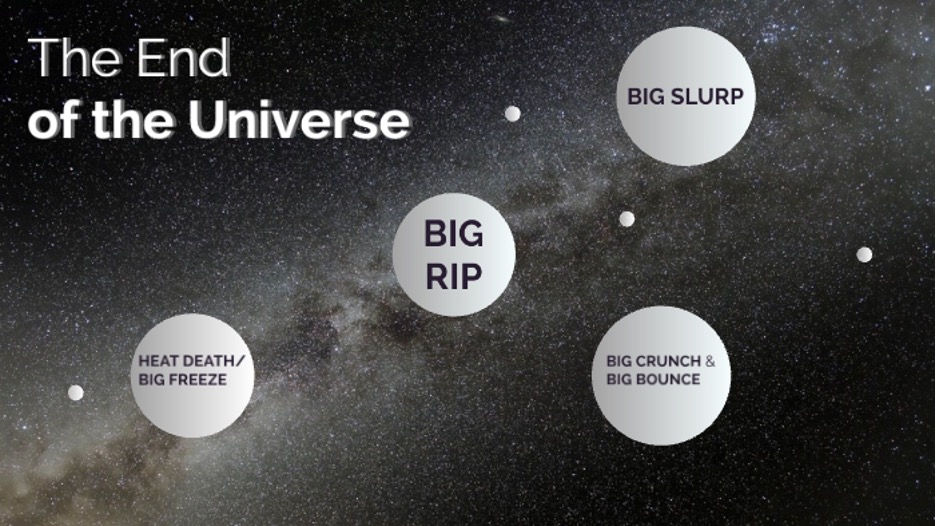
Heat death or a Big Freeze is a hypothetical scenario for the long-term evolution of the Universe. The probability of such an outcome is based on the second law of thermodynamics, which you already know; the law states that in an isolated system, entropy (a measure of disorder) always increases or remains constant. The Universe is this isolated system, therefore, the processes occurring in the Universe naturally lead to an increase in disorder and uniform distribution of energy. Heat death can be the end of this process.
What does this mean in practice? Over time, the Universe will expand to such an extent that it will become infinitely rarefied and cold. All astronomical objects will exhaust their energy resources, gas and dust will cease to merge. In this state, the Universe will become uniform and static, unable to produce new stars and galaxies. Processes in the Universe will slow down and eventually be terminated.
But there are other scenarios for the end of the Universe.
- Big Crunch. The expansion of the Universe will slow down and stop, and then it will begin to contract under its own gravity. This will cause its return to the original state — the singularity.
- Big Rip. In this scenario, dark energy will become increasingly dominant, and the rate of Universe expansion will increase so much that even gravitational forces will not be able to contain it. This will cause galaxies, stars, atoms and even fundamental particles to collapse, and the Universe will be torn to pieces.
- Big Slurp. In this model, a bubble of false vacuum decay would expand through the cosmos, engulfing everything.
Those are the craziest facts about the universe! Fortunately, we will not have the opportunity to verify their authenticity. After all, the Earth will die much earlier when the Sun turns into a red giant and burns all the planets. Find it hard to believe? Read our article on How Old is the Sun.
Bottom line
These were 28 amazing facts about the Universe, but that’s not all. Einstein once said, “The important thing is not to stop questioning. Curiosity has its own reason for existing. One cannot help but be in awe when one contemplates the mysteries of eternity, of life, of the marvellous structure of reality. It is enough if one tries to comprehend only a little of this mystery every day.”
Humanity continues to study the Universe, but will we ever know everything about it? Hardly. After all, the Universe is infinite, which means we will never reach the end of this fascinating journey.
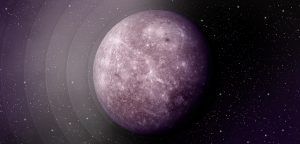





Thank you for your comment! It will be visible on the site after moderation.